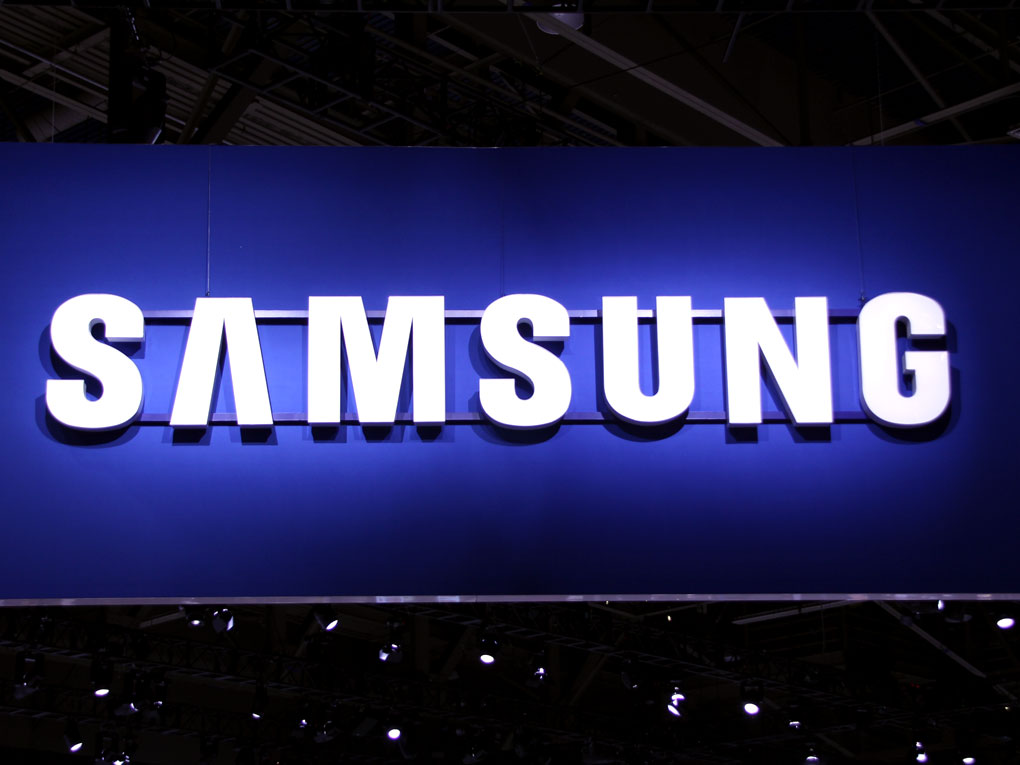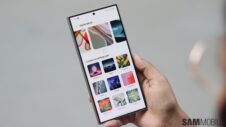Samsung is the largest supplier of mobile OLED panels in the world. It is so far ahead of its competitors in both production capacity and quality that Apple chose them as the sole supplier of OLED panels for its iPhone X. Samsung Display was expected to earn around $22 billion in revenue from supplying OLED panels to Apple in 2018.
However, things haven’t exactly gone according to plan for either Apple and Samsung. The iPhone X has received lukewarm reception after the initial euphoria, driven by the fans, has died down. This has reportedly forced Apple to reduce its sales target from 100 million units to around 55 million units this year.
Samsung overestimated the demand for OLED displays
Weak demand for the iPhone X has come across as a cause of concern for both Apple and Samsung. For Apple, tepid demand for its flagship smartphone – one it thinks will define smartphone design for the next decade – raises questions about the viability of its business model in a saturated market, and for Samsung, failure of the iPhone X to do as well as hoped represents a threat to the investments made to beef up OLED production, anticipating a huge spike in demand.
In January, there were reports about Samsung deciding against investing in the new A5 OLED production facility owing to demand uncertainties in the global smartphone market. Now, according to a report in The Investor, Samsung has reportedly failed to finalize production plans for the 6th Gen flexible OLED A4 line. This production line currently has the capacity to make an additional 60,000 units of 6th Gen OLED panels per month, but lack of orders from Apple and Chinese handset makers could delay production at this line for up to 6 months.
From the news reports so far, it looks like Samsung is taking a back step and re-evaluating its investments pertaining to the OLED production. Samsung has spent around $3.7 billion in 2017 to beef up OLED production capacity. Samsung transformed the LCD production lines into a plant named A4 for OLED production, along with expanding the existing A2 plant.
iPhone X demand is not the only factor driving Samsung to take the above decisions. Samsung also seems to have overestimated the demand for OLED panels from Chinese handset manufacturers once Apple shifted to OLED displays. Contrary to Samsung’s expectations, most Chinese OEMs have been sticking with the LCD panels due to the cost benefits.
Earlier this year, when Samsung was asked about the impact of weak iPhone X sales on its display division revenues, the company downplayed the impact and asserted confidence in its diverse portfolio of clients negating any such impact. According to the latest report, that doesn’t seem to be the case.







